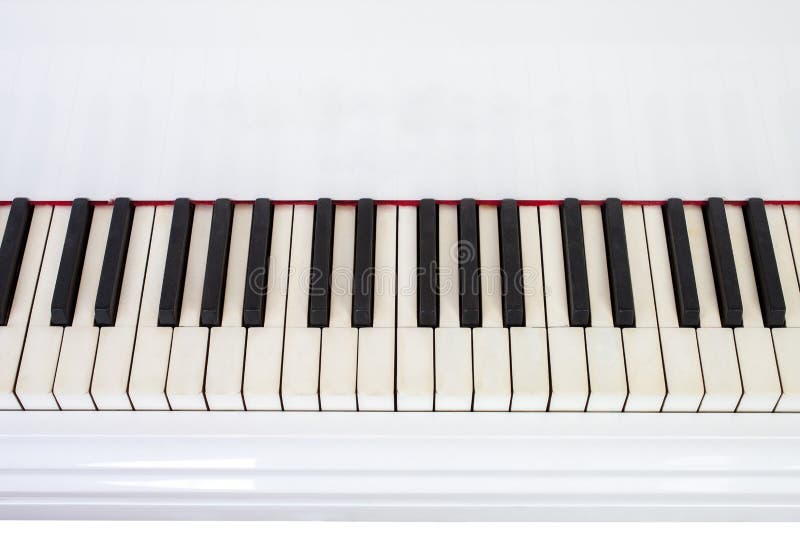

First one to the slurpee wins! Find The Sticky Note Each child draws a card that has an interval on the bass clef or treble clef and they have to move their mouse up the number of stairs that equals that interval.

At the top of the staircase is a 7-11 sign and a slurpee. I made a 1D staircase that sticks to the magnet board along with several different color mice. This game is to reinforce the concept of skips and steps (2nd and 3rd intervals), but can be used for all intervals. Toss it around and where ever the ball lands in front of you, clap out that rhythm.

This detail is more important than the key-to-floor height alone, because there may be nothing you can do to change it, so it governs all the other adjustments to be made, such as stool height and setback from the front edges of the keys.Use a beach ball and add rhythm patterns on the white parts. Another important measurement that should also be taken in each context is the height of the underside of the keybed above the ground below, because no matter how you adjust the stool, a critical and unadjustable distance is the space available for legroom when using the pedals! Some pianos (and especially electronic actions) may have widely varied thickness of keybed from underside to key tops. If someone with access to a room full of pianos could measure and quote several specific examples then this question will be properly answered. This is not yet well-answered, and it does matter, for the simple reason that a piano is not exactly portable, and cannot be adjusted at will like the stool! For installing a keyboard the height is important because it is the one constant reference to the floor by which all other adjustments are themselves referred. As a son of a pianist who taught as well as giving performances, I learned that it is the stool that matters for adjusting access to the keyboard, but the original question asks about the key height.


 0 kommentar(er)
0 kommentar(er)
